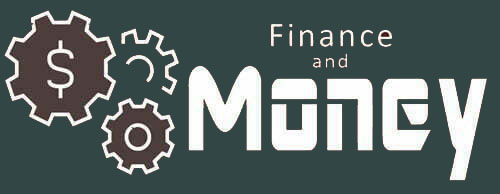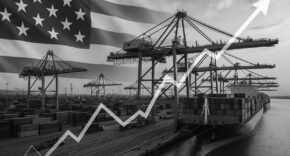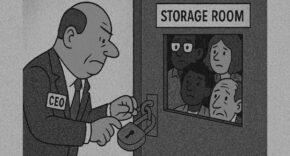Europe, once a beacon of industrial prowess, finds itself grappling with a stark decline in manufacturing. At the heart of this downturn lies a confluence of challenges—rising energy costs, geopolitical disruptions, shifting global trade dynamics, and internal inefficiencies. The consequences are far-reaching, impacting workforce stability, economic output, and Europe’s position in the global market.
The Magnitude of the Decline
Manufacturing across Europe has been steadily shrinking, with Germany, the continent’s largest economy, leading the contraction. In November 2024, German factory orders fell by 5.4% compared to October, and overall industrial production hovered near a decade low. France’s manufacturing purchasing managers index (PMI) also dropped to 44.1 in July 2024, signaling persistent contraction. Eurostat’s industrial production index reveals output across the eurozone remains below 2021 levels.
Financially, the toll is severe. Key sectors such as chemicals and steel have seen massive declines, with EU steel production in 2023 hitting its lowest level since 1960. Energy-intensive industries have been particularly hard-hit, as natural gas prices soared in the wake of Russia’s invasion of Ukraine. The cumulative economic losses across Europe’s manufacturing sector are estimated in the hundreds of billions of euros.
Workforce Impacts
The decline has translated into widespread job losses. Since the pandemic, the EU has shed over 800,000 manufacturing jobs. Major firms such as Thyssenkrupp, Bosch, and Schaeffler have announced significant layoffs, with Volkswagen planning to cut 35,000 positions over the coming years. Germany’s unemployment rate has risen to 6.1%, a level not seen since the early pandemic years. Smaller firms, unable to cope with rising costs and declining demand, are also reducing their workforce or shutting down entirely.
Energy: The Catalyst for Crisis
Energy costs have been a critical factor in Europe’s manufacturing slump. The region’s reliance on Russian natural gas, once a cornerstone of its industrial strategy, has backfired. Following the 2022 invasion of Ukraine, Europe scrambled to replace Russian gas with costly liquefied natural gas (LNG) imports from the U.S. and Qatar. These measures stabilized supply but doubled energy prices compared to pre-crisis levels.
Germany’s decision to phase out nuclear power further exacerbated the problem. Renewable energy infrastructure, while growing, remains insufficient to meet industrial demand. The International Energy Agency estimates that Europe’s electricity costs will remain elevated until at least the mid-2030s. Industries dependent on affordable energy, such as chemicals and steel, are particularly vulnerable, facing diminishing competitiveness against global rivals.
Global Trade Pressures
External trade dynamics add another layer of complexity. China’s self-reliance policies have reduced imports from Europe while increasing its exports to the continent, undercutting European manufacturers. The incoming U.S. administration’s proposed 10% tariffs on imports threaten to deepen the crisis for export-dependent sectors.
Outlook and Recovery Strategies
The outlook for Europe’s manufacturing sector remains bleak. Without substantial intervention, analysts predict a prolonged downturn. However, there are pathways to recovery:
- Energy Reform: Accelerating the transition to renewable energy is critical. Investments in grid infrastructure, energy storage, and local manufacturing of renewable components can reduce reliance on costly imports and stabilize prices.
- Policy Overhaul: Simplifying bureaucratic processes to fast-track renewable projects and industrial permits is essential. Germany’s antiquated paper-based systems and local resistance to green energy projects must be addressed.
- Trade Diversification: Strengthening trade relations with emerging markets and reducing dependency on China for key inputs can help balance trade deficits.
- Investment in Innovation: Europe must prioritize research and development in advanced manufacturing technologies, including artificial intelligence, robotics, and clean energy solutions.
- Temporary Nuclear Extension: Extending the operational life of nuclear plants could provide a stable energy bridge during the transition to renewables.
Addressing the intertwined challenges of energy dependency, trade pressures, and structural inefficiencies will require bold, coordinated action. Europe has the capacity to reinvent itself as a competitive, sustainable industrial hub. The questions are “Will they?” and “When?”
FAM Editor: Our internal sources say that energy is much more important than meets the eye, that lack of energy has caused Germany to begin to move manufacturing resources out. And, of course, Germany is the cornerstone of European manufacturing. Before investing in any of the European manufacturing sectors, we would advise looking for changes of government to align more with capitalist values, i.e. conservative.





